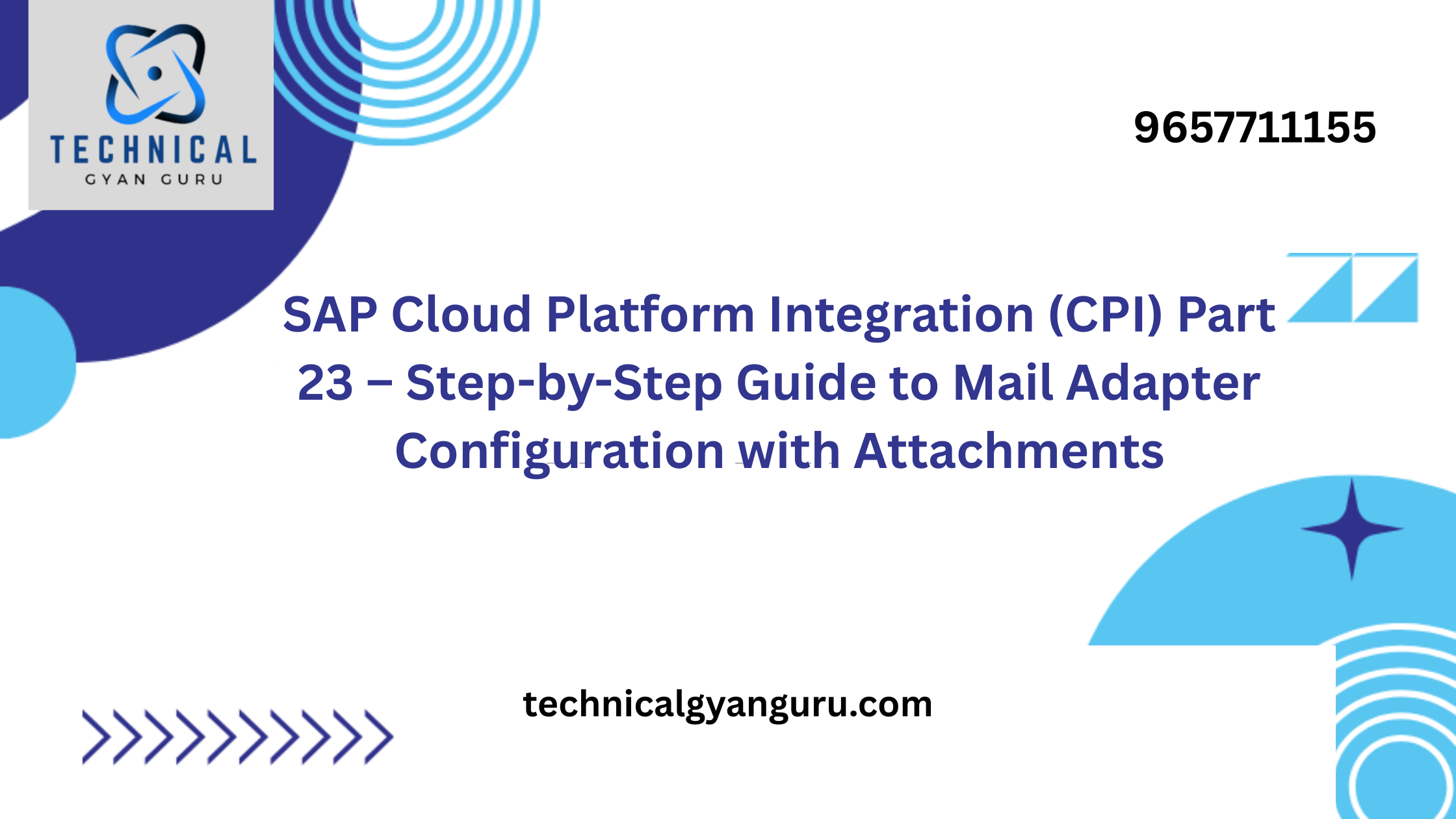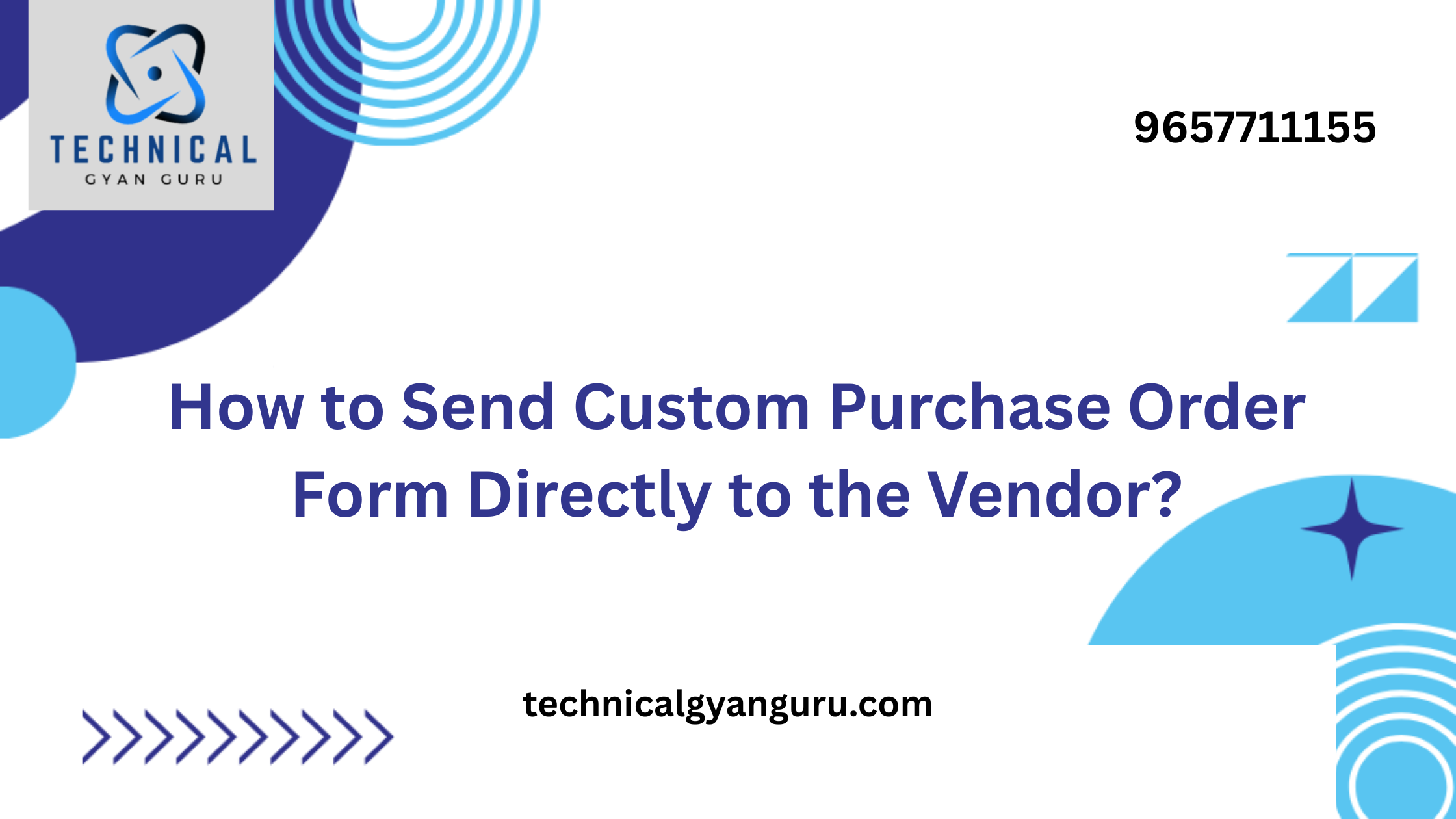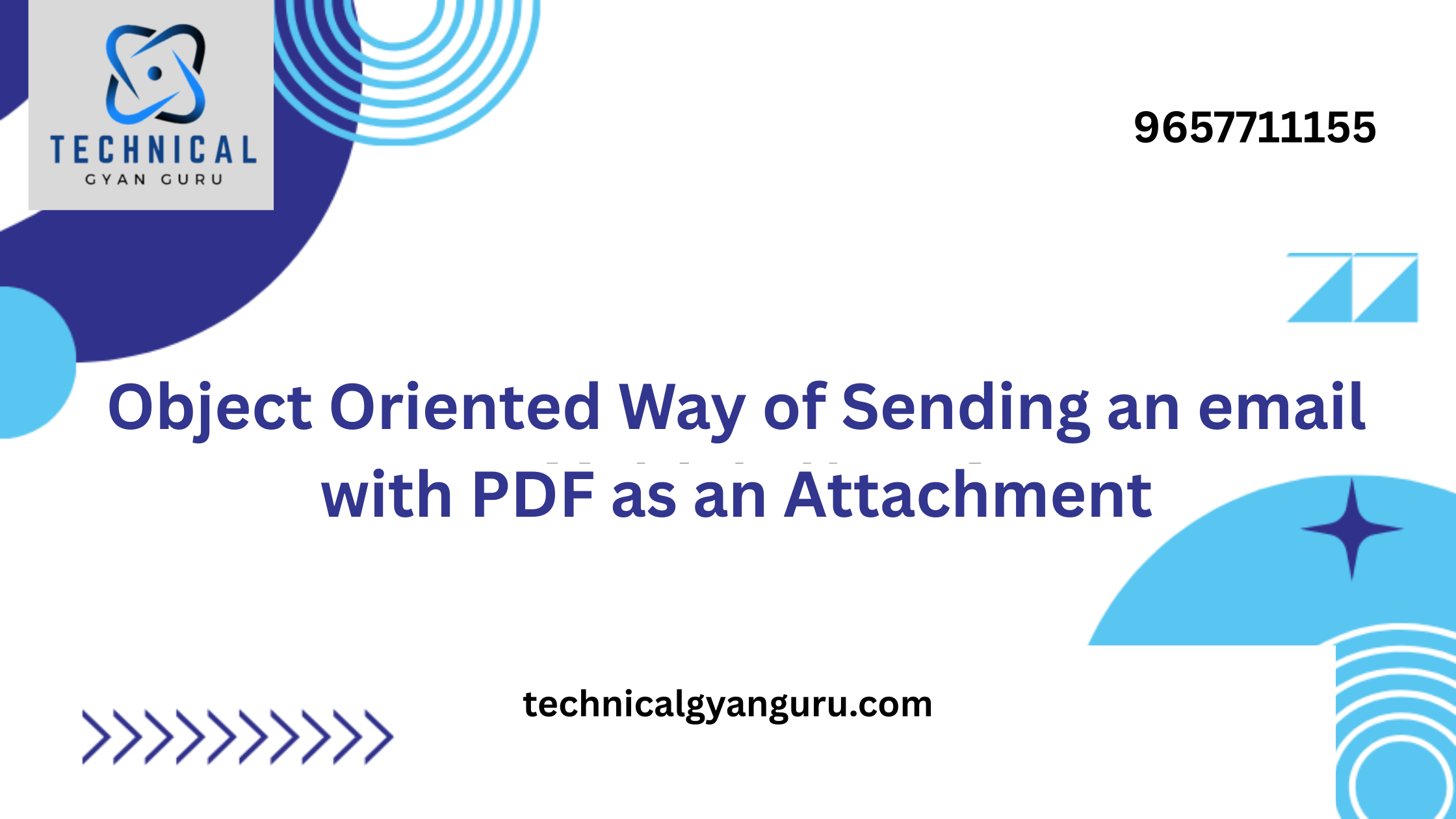
Discover how OData and SAP Services can optimize your data-driven strategies, improve operational efficiency, and drive business growth.
In the previous five parts on SAP And OData services Article, we explored hands-on learning with valuable technical insights. These tutorials are particularly advantageous for ABAPers, but comprehending key terminologies and jargon is crucial for effective communication. This understanding enables us to articulate our expertise clearly, participate in discussions, and engage in meaningful debates. The commonly asked concepts outlined below will help clarify the terminologies demonstrated in earlier parts.
Some of you might feel this post should have been the introductory article in the series. You are right, my friend. Typically, this topic is covered at the beginning. However, at Technical Gyanguru, we prefer to demonstrate the practical aspects (hands-on SAP) first and then provide the theoretical fundamentals. This approach, followed by detailed explanations, ensures a deeper and more comprehensive understanding.
Who Developed OData?

OData, or Open Data Protocol, was initially developed by Microsoft. The protocol was designed to standardize the way data is accessed and manipulated over the web, providing a uniform approach for data communication and interaction across different platforms and services.
Who Were All the Main Players in Standardizing OData?

The standardization of OData involved contributions from several key players. Microsoft, being the originator of the protocol, played a central role in its development. However, the standardization process was also supported by other industry stakeholders. The final standardization of OData was carried out by OASIS (Organization for the Advancement of Structured Information Standards), an international standards organization that oversees the development and adoption of open standards for the global information society.
Does Microsoft Manage OData Now or Some Other Organization?
While Microsoft was the original developer of OData, the management and ongoing development of the protocol are now overseen by OASIS. Microsoft continues to support and utilize OData within its technologies, but the protocol itself is managed by the broader OASIS community, ensuring its evolution and adherence to industry standards.
What Is the Benefit of OData?
OData offers several benefits that enhance data integration and interoperability. Its key advantages include:
- Interoperability: OData provides a standardized way to access and manipulate data, which facilitates seamless integration between disparate systems and applications.
- Ease of Use: The protocol uses standard HTTP methods and URIs, making it straightforward for developers to work with data across various platforms.
- Scalability: OData supports scalable and flexible data interactions, which can accommodate growing data volumes and complex queries.
- Consistency: By adhering to a common set of conventions, OData ensures consistent behavior and data representation, reducing the complexity of integrating different systems.
When Was SAP NetWeaver Gateway Launched?
SAP NetWeaver Gateway was launched in 2010. This technology was introduced to enable easier integration between SAP systems and external applications, utilizing web standards to facilitate communication.
What Is SAP NetWeaver Gateway?
SAP NetWeaver Gateway is a technology that enables SAP applications to interact with other systems and applications through standard web protocols. It provides a framework for exposing SAP data and processes as web services, which can be accessed using standard protocols such as HTTP and REST. This makes it easier to integrate SAP systems with external applications, enhance data exchange, and develop new interfaces.
What Is the Difference Between OData and OData Service?
The terms “OData” and “OData Service” refer to related but distinct concepts:
- OData: This term refers to the Open Data Protocol itself, which defines a set of conventions and standards for creating and consuming RESTful APIs. OData provides the framework and rules for how data should be queried, updated, and managed over the web.
- OData Service: An OData Service is a specific implementation of the OData protocol. It is a web service that exposes data and functionality from a system (such as an SAP system) in a manner compliant with OData standards. Essentially, an OData Service is a practical application of the OData protocol, enabling the actual data interactions and integrations.
What Is the Benefit of SAP NetWeaver Gateway?

SAP NetWeaver Gateway offers several key benefits:
- Simplified Integration: It provides a straightforward way to integrate SAP systems with external applications and services, reducing the complexity and effort required for such integrations.
- Enhanced Flexibility: By supporting standard protocols like HTTP and REST, SAP NetWeaver Gateway allows for flexible data access and interaction, enabling a wide range of integration scenarios.
- Improved Data Access: It makes SAP data and processes accessible through web services, facilitating easier development of custom applications and interfaces.
- Cost Efficiency: By leveraging existing web standards, it minimizes the need for custom integration solutions, leading to cost savings and faster implementation times.
What Is the Architecture of SAP NetWeaver Gateway?
The architecture of SAP NetWeaver Gateway is designed to facilitate seamless communication between SAP systems and external applications. It consists of several key components:


- Gateway Hub: The central component that manages the communication between SAP systems and external clients. It handles the processing of OData requests and responses.
- Backend System: This refers to the SAP system where the actual business data and processes reside. The Gateway Hub interacts with the backend system to retrieve and manipulate data.
- OData Services: These are the services exposed by SAP NetWeaver Gateway that comply with the OData protocol. They define how data and functionality from the SAP backend system are made available to external applications.
- Data Providers: These components are responsible for providing the data to the OData Services. They interface with the backend system to fetch the required data and process it according to the OData specifications.
- Client Applications: These are the external applications or systems that consume the OData Services provided by SAP NetWeaver Gateway. They use standard HTTP methods to interact with the services and access the data.
you may be interested in this blog here:-
Demystifying the Duolingo English Test Fee: What You Need to Know
Career Journey as an Application Development Analyst at Accenture
Efficient Operations and Innovative Solutions with SAP Application Management Services








